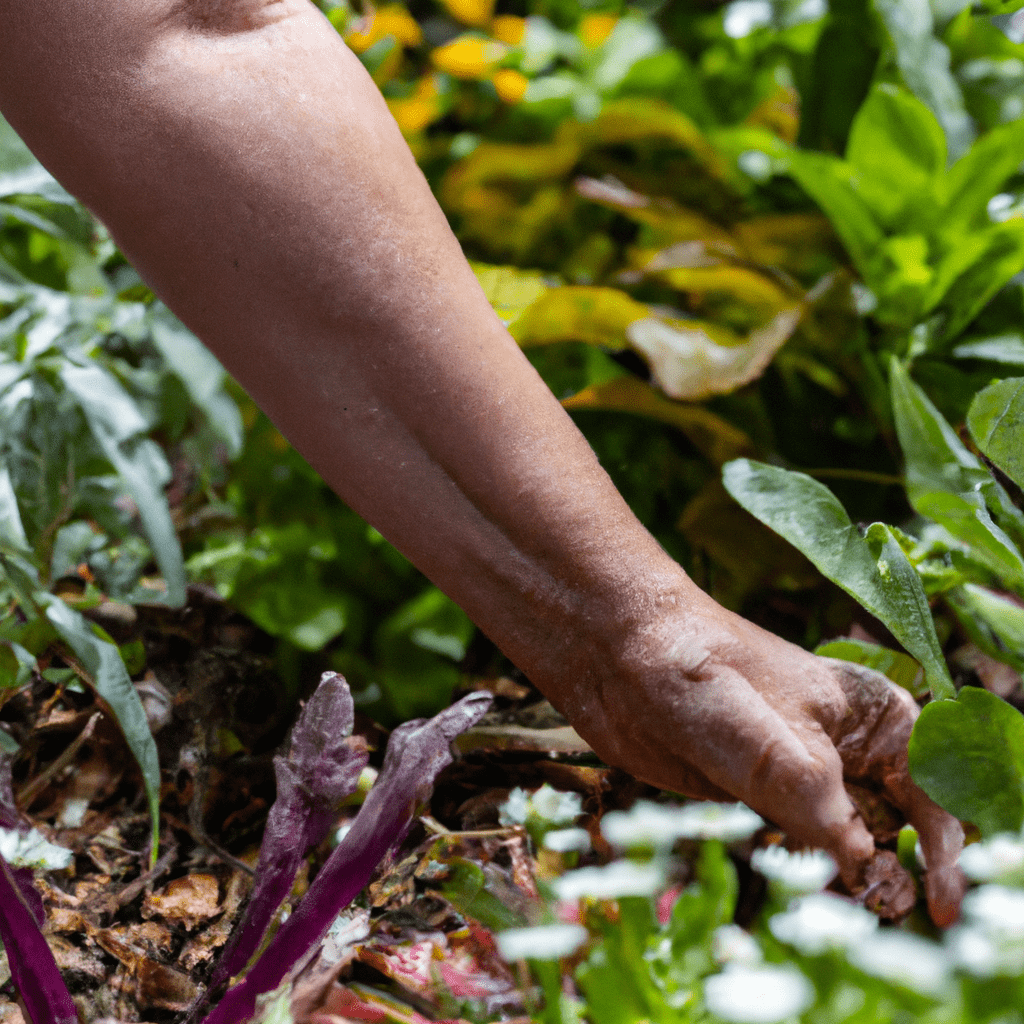
In today’s fast-paced world, where technology and innovation dominate our lives, it is essential to remember and preserve our rich heritage. One aspect of this heritage is our connection to nature and the plants that have been passed down through generations. Heritage gardening, also known as heirloom gardening, is a practice that focuses on cultivating and preserving these traditional plant varieties for future generations to enjoy. In this article, we will explore the significance of heritage gardening, its benefits, and how you can get started on your own heritage garden.
The Importance of Heritage Gardening
Heritage gardening is not just about growing beautiful flowers or delicious vegetables; it is about preserving our cultural and botanical history. Heirloom plants are those that have been grown for generations, often with unique characteristics and stories attached to them. These plants have stood the test of time, adapted to specific climates, and carried a piece of our heritage with them.
By engaging in heritage gardening, we can ensure the survival of these traditional plant varieties, preventing their extinction. Each heirloom plant represents a living link to our past, connecting us with our ancestors and the natural world they inhabited. Preserving these plants also allows us to maintain biodiversity, as many heirloom varieties have been lost due to the rise of commercial agriculture and hybridization.
The Benefits of Heritage Gardening
- Preservation of Genetic Diversity: Commercial agriculture often favors uniformity and high yields, leading to a reduction in genetic diversity. Heritage gardening helps to counteract this by preserving unique and diverse plant varieties. These heirloom plants have adapted to their specific environments over time, making them resilient and better suited to local conditions.
- Taste and Flavor: Heirloom vegetables and fruits are renowned for their exceptional taste and flavor. Unlike their hybrid counterparts, which are often bred for appearance and shelf life, heirlooms prioritize flavor and nutritional value. By growing heirloom varieties in your garden, you can experience the true essence of these plants and savor their unparalleled taste.
- Environmental Benefits: Heritage gardening promotes sustainable practices such as organic cultivation and seed saving. By avoiding the use of synthetic pesticides and fertilizers, you can contribute to a healthier ecosystem and reduce your environmental footprint. Additionally, seed saving allows you to maintain a self-sustaining garden, reducing reliance on commercially produced seeds.
- Preservation of Cultural Heritage: Heritage gardening is an opportunity to reconnect with our cultural roots and honor the traditions of our ancestors. Many heirloom plants have deep cultural significance, representing culinary traditions, medicinal uses, or even spiritual beliefs. By growing these plants, we can keep these traditions alive and pass them on to future generations.
Getting Started with Heritage Gardening
Now that you understand the importance and benefits of heritage gardening, you may be itching to start your own heritage garden. Here are some steps to help you get started:
1. Research and Select Heirloom Varieties
Begin by researching heirloom plant varieties that are well-suited to your climate and growing conditions. Look for local seed banks, heritage gardening organizations, or online resources that specialize in heirloom seeds. Choose plants that align with your gardening goals, whether it’s growing vegetables, herbs, or ornamental flowers.
2. Prepare Your Garden
Prepare your garden space by clearing any weeds or debris and improving the soil quality. Heirloom plants thrive in nutrient-rich soil, so consider adding compost or organic matter to enhance fertility. Plan your garden layout, ensuring proper spacing between plants to allow for optimal growth.
3. Start Seeds or Transplant Seedlings
Depending on the plant variety, you can either start seeds indoors and transplant seedlings later or directly sow seeds outdoors. Follow the specific instructions for each plant, ensuring proper germination conditions such as temperature and sunlight exposure. Remember to label your plants to keep track of their individual characteristics and stories.
4. Provide Adequate Care
Regularly monitor your heritage garden for pests, diseases, and any other issues that may arise. Employ organic pest control methods and natural remedies to protect your plants without harming the environment. Water your plants consistently, providing the appropriate amount of moisture for each variety.
5. Practice Seed Saving
One of the core aspects of heritage gardening is seed saving. Allow some of your plants to go to seed, ensuring they are properly isolated to prevent cross-pollination. Harvest and store the seeds for future planting, and consider sharing them with other heritage gardening enthusiasts to promote biodiversity.
Conclusion
Heritage gardening is a rewarding and meaningful practice that allows us to preserve our botanical heritage and connect with nature on a deeper level. By cultivating heirloom plants, we contribute to biodiversity, enjoy superior taste and flavor, and honor the traditions of our ancestors. Whether you have a small backyard or a spacious garden, anyone can partake in the joy of heritage gardening. Start your own heritage garden today and become a steward of our collective horticultural legacy.